The Article
SU-G700M2 Integrated Amplifier From Technics
8th July 2022
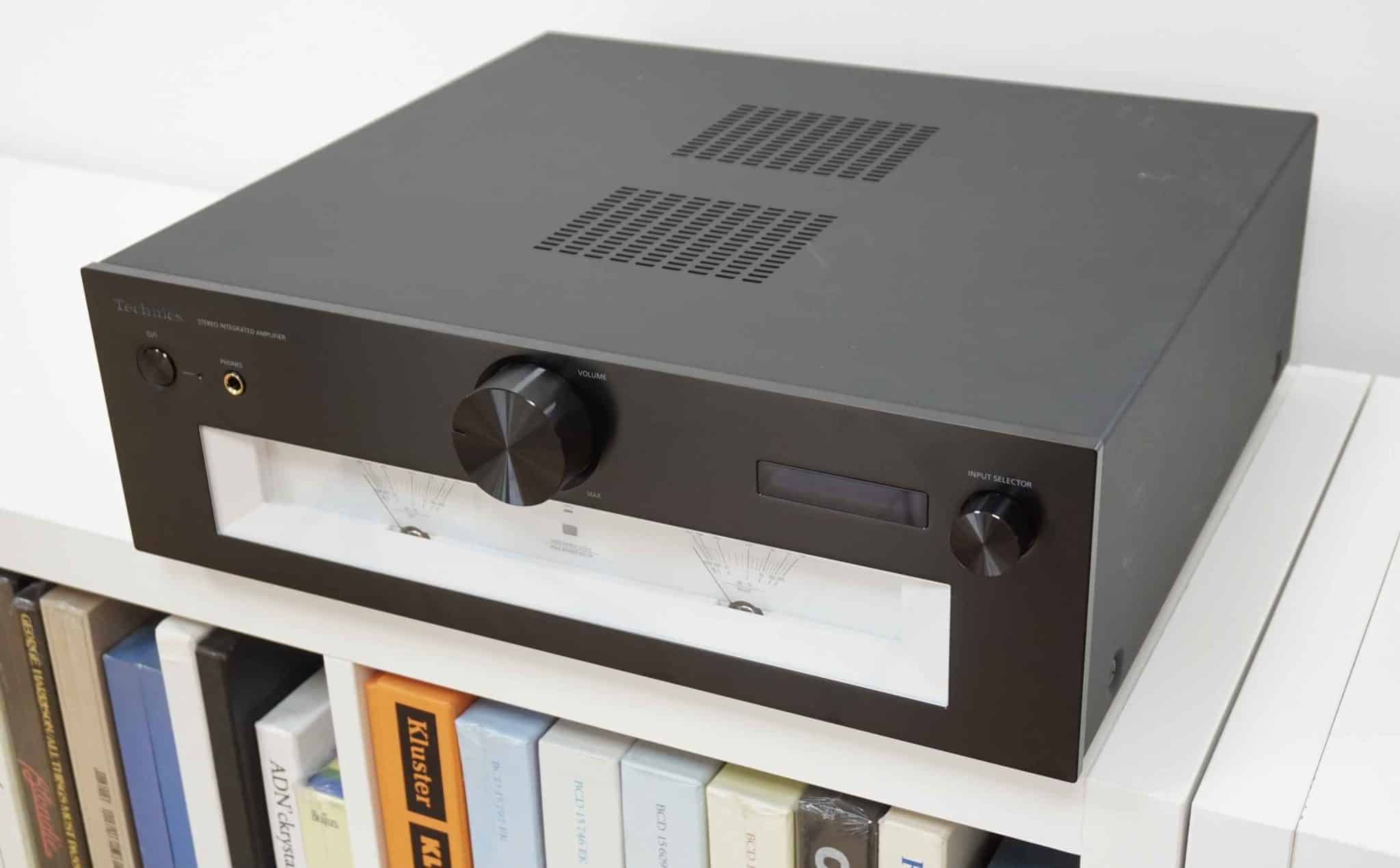
Featuring in-yer-face VU meters, Paul Rigby gets to grips with this large integrated amplifier
And it is large too, the SU-G700M2 – yet surprisingly light for that size, I have to say. And as soon as I picked it up I thought, “I wonder if this one will be bass light?” Well, we’ll see about that.
In terms of the size, you’re looking at a full-width component here so that means 430 x 428mm but it’s that 148mm height that impresses and helps to place the SU-G700M2 into a design niche of its own. The weight of the box is by no means deficient by any means. We’re still looking at 12.6kg. Even so, the Parasound HINT 6, for example, is 15kg heavy while the Leema Quasar is a whopping 17kg. It’s not a big deal but, I did brace myself before picking up the Technics amp and then had that “Oh…” moment when nothing happened.
VUs
As for the height of the SU-G700M2? Well, it’s mainly there to accommodate those large VU meters. Now aesthetic quality is such a personal thing so I realise that some of you will cringe when you see them but I must admit that I do have a ‘thing’ about VU meters. It’s a problem and I am on medication, nevertheless – there it is.
These VUs are odd because the presentation is Technics’ own. That is, the VUs are over large, they sit on a white background and they are placed on the lower part of the front chassis. Most definitely non standard.
Above the meters is a larger, centrally place volume knob with a power button an attendant light to the left and a source selector knob and attendant window to the right.
The layout of the front fascia is easy to digest and to use.
On the rear is a DAC module, top left as you look at the rear. It features two optical ports and a pair of coax ports plus a USB-B port for laptop connection. As we’re doubling up here I thought that Technics missed a trick by not including a USB-A (preferably front-mounted) port for music-loaded USB sticks.
Below that is a pair of RCA outs plus pre outputs. Just to the left of those is a built-in phono amplifier plus two pairs of RCA inputs. Again, I would have liked to have seen one or two more of these analogue inputs. Just to cover all eventualities.
As we move to the right, we enter into a metal desert which begins with the usual speaker terminals and ends, over on its lonesome on the far right, an IEC power socket that resides in a barren metallic expanse. Any further than that and any intrepid HiFi user would surely die of thirst.
REMOTELY INSIDE
The remote is a typical Japanese, large format, metal-based, sturdy, full featured model which includes useful commands such as a mute button, dimmer switch for those VUs and a menu button in which you can change internal settings such as flicking the phono amplifier from moving magnet to moving coil mode, turning off the stand-by mode, changing internal tone and balance controls and upgrading the firmware when applicable.
Internally, the SU-G700M2 features the JENO Engine (Jitter Elimination and Noise-Shaping Optimisation) designed to eliminate jitter and distortion and LAPC (Load Adaptive Phase Calibration), which is a speaker optimisation app.
Internally, many of the parts are partitioned to reduce noise while extra damping is derived from the two-layer construction with 1.2mm-thick and 2mm-thick steel plates, a top panel made of a 1.6mm-thick steel plate and a 7mm-thick aluminium front panel.
For the power supply, the switching frequency has been increased from 100kHz to 400kHz, to increase stability while Technics has talked about a very low noise regulator on the circuit board.
All of this means that the noise floor should be low indeed.
So that’s the Technics techie talk. What does it actually sound like?
SOUND QUALITY
I began with CD and Ryuichi Sakamoto’s classic, Beauty which features different vocals displaying varying textures, electric guitars, synths, percussion and secondary percussion, Spanish guitar, wind instrument and a host of other bits and pieces. There’s lots going on so any amplifier will have a job separating this lot, never mind making sonic sense of it. Especially when the wailing electric guitar threatened to mask the more delicate of those secondary percussive effects.
As for my first impression of the SU-G700M2?
Well, um. Yes. Err. I didn’t quite expect this.
When I listen to big Japanese companies, some of them don’t realise that the 70s are over so I often get a big, bold, meaty, strapping sound that is slightly harsh or, at least, pushes the mids to the edge of clinical. Pioneer can do that, for example. I’ve heard Technics do it to in the recent-ish past.
Next? At this price point, I’ve also heard other amplifiers do a ‘muscle flex’ thing. That is, the price point is relatively high. The build budget similarly so, of course. So let’s draft in toroidal transformers the size of Wembley Stadium and let them loose, uncontrolled so that even the members of AC/DC would be hiding behind their Marshall stacks.
But that didn’t happen with the Technics G700. None of that happened with the G700.
I almost hesitate to say this about a Technics amplifier. About any Technics product (out of the box, that is) but, strike me down with a Mundorf capacitor, this amplifier sounds positively…cultured.
It’s as balanced as a tightrope walker. It’s as friendly as a Labrador dog. It’s a relaxed as a Brian Eno fan. It’s as neutral as Switzerland.
The initial percussion from this track can be dry and punchy from amplifiers at this price point. But not the SU-G700M2. Bass is strong but it doesn’t offer a hammer blow so, if you are member of AC/DC then this amplifier might not be for you. There’s certainly mass around the lower frequencies but that bass fits neatly into the mix. It never dominates. It never behaves in a dictatorial manner. Again, I’ve heard bass from similar amplifiers that think they’re the Emperor Ming from Flash Gordon. They want to rule your HiFi and the entire listening room with it. They sound impressive to begin with and then you tire and suddenly remember that there’s gardening to be done.
Not the G700. The bass provides power but also offers proportion and a sense of stability. Even poise. So bass always sounds part of the musical output instead of being outside of it.
The mids are smooth but also bring along with it an airy presentation so the soundstage always has a relatively spacious feel to it. Music from the G700 sounds like the sun is adorning it with an early morning glow. There is a freshness and a lightness to the mids that means the upper mids specifically are nimble and manoeuvrable. This means that the midrange never drags or feel muddy.
The upper mids and treble also have a relatively lean feel to them. There’s no excess fat here. Both upper mids and treble present detail to you that is easily recognisable. You don’t have to guess, “Is that a violin or a cello there?” The tonal accuracy from this upper site of frequencies is high. It’s also precise and focused. But it’s a natural focus. There’s nothing manufactured here. Some amplifiers take the sonics into a bright area to provide a false sense of focus. Focus on the cheap, as it where. Not here. This is sonic precision of high quality.
VINYL TIME
Time for vinyl methinks. Elton John’s Tiny Dancer would be ideal here.
It was only when Reg warbled for a few seconds that had a realisation. The G700 has a very clean presentation. The soundstage sounds stripped. The spacious midrange is sometimes so spare you’re convinced that the sound will be bright and clinical. And it never is. For the experienced HiFi listener, this effect may be disconcerting. It might also take a while to adjust to the sound.
Listening to vinyl and the host of information that my vinyl set provides especially, I think if you really pushed this amplifier and you would eventually hit a wall somewhere and finally, the mids would begin to harden. But you have to really hit the SU-G700M2 before that happens and most people won’t do that during a regular listening session. That ultimate response might also be a price tag thing. This amplifier works well within its own price-dependant capabilities. So I’m sticking with my initial cultured tag.
INTERNAL PHONO AMP
I did give the built-in phono amp a listen in moving coil mode. It’s fine. It’s less interesting than a good external model. The internal model dampens the excitement. The music has a more run-of-the-mill feel to it. It’s perfectly acceptable.
There’s nothing obvious problematic beside a slight edge during vocal crescendos, for example but it’ll do for now if you’re short on cash after buying the SU-G700M2. I do recommend an upgrade when you can, though.
INTERNAL HEADPHONE AMP
For the built-in headphone amplifier? Much of the personality of the headphone amplifier is of a similar stripe to the amplifier as a whole. The only difference I would note here is that the detail is possibly more precise and accurate in exchange for that extra sense of space and air from a standard speaker set up but I did enjoy listening to the built-in headphone amplifier so I’ll give a thumbs up to that one.
I then played Eric Bibb’s Meeting at the Building via DSD128 and was happy to hear the insight in detail terms. There was a slightly clinical edge to this one but I point the finger at my MacBook and ask you to also take note of the type of source you plug into this amplifier. It’s makes a difference to the final sound. Adding a computer to the HiFi chain and the G700 specifically will add high-frequency noise that will provide more brittle treble and compressed mids. The Technics does its best but the MacBook doesn’t.
I could say the same about Bob Marley’s Jamming at 24bit/96kHz. Good but not great. Even so, if you must go down this route, there’s plenty of information on offer here. I’d plug in a dedicated digital music player to find more suitable sound quality which provides a far better sonic output. The internal DAC performs well with a decent source.
CONCLUSION
I haven’t been as surprised by a piece of HiFi as I was by the Technics SU-G700M2, for some time. Part of the reason behind that is that I think Technics as a company treated this box with a measure of seriousness. This is an amplifier. Nothing more or less than that.
There’s no Bluetooth in this one. Technics haven’t gone all-in-one here and stuffed a CD player in the chassis. There’s no radio. There’s nothing except an amplifier. And I reckon that’s to the benefit of the final sound quality. Highly recommended.
TECHNICS SU-G700M2 INTEGRATED AMPLIFIER
Price: £2,199
Website: www.technics.com/uk
GOOD: VU meters!, smooth mids, fragile treble, organic bass response, solid remote, built-in headphone amplifier
BAD: USB A but no USB B port, more RCA inputs needed
BUY HERE:
USA – https://ebay.us/Wx5chK
EUROPE – https://ebay.us/QYYogv
RATING: 8
[Don’t forget to check out my Patreon Page at www.patreon.com/audiophileman, for exclusive editorial!]
REFERENCE
Origin Live Sovereign turntable
Origin Live Enterprise 12″ arm
Van Den Hul Crimson XGW Stradivarius Cartridge
Ortofon Cadenza Bronze MC cartridge
Icon PS3 phono amplifier
Quad ESL-57 Speakers with One Thing mod
Blue Horizon Professional Rack System
Harmonic Resolution Systems Noise Reduction Components
Air Audio AC-2K Balanced Transformer

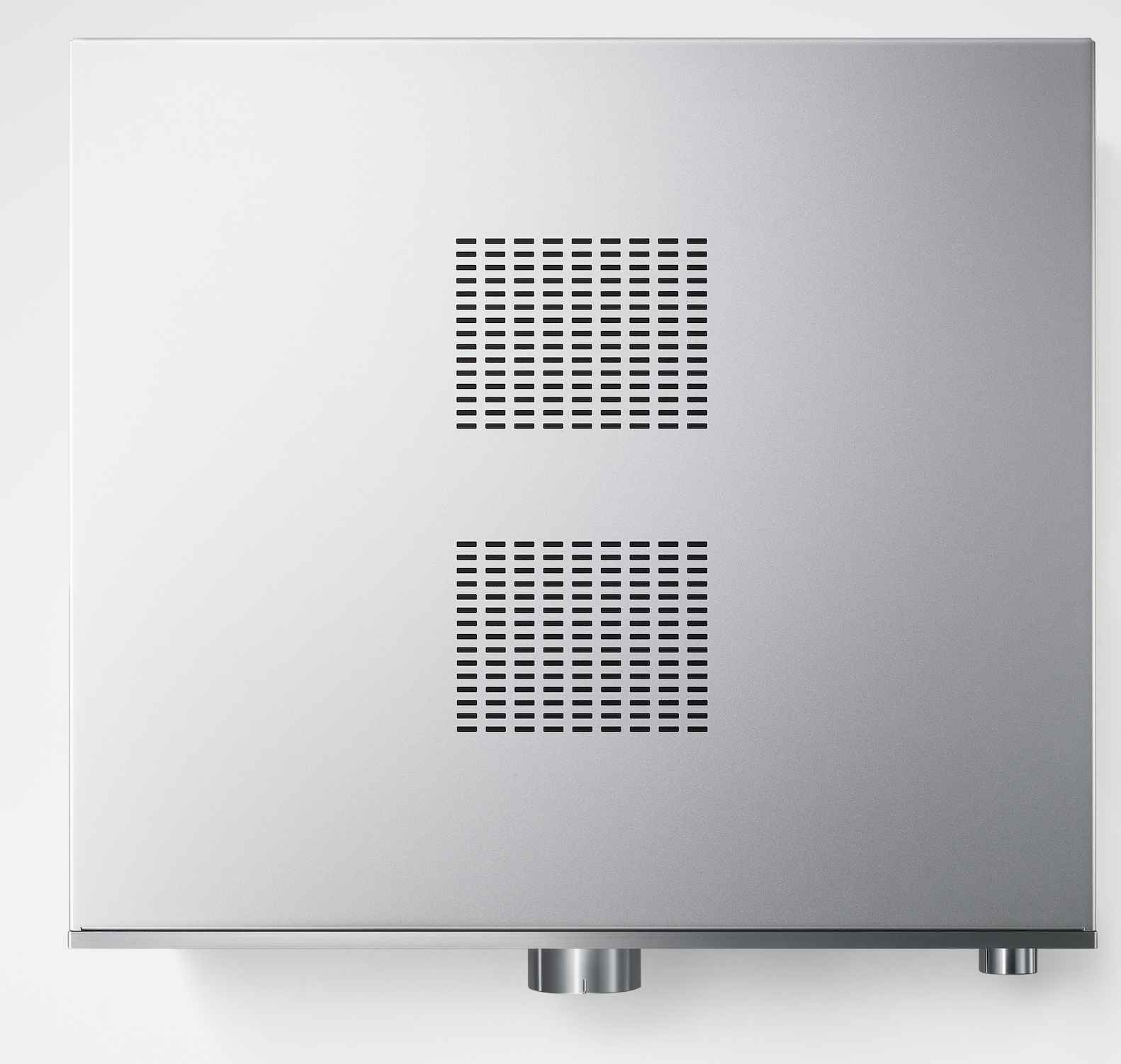
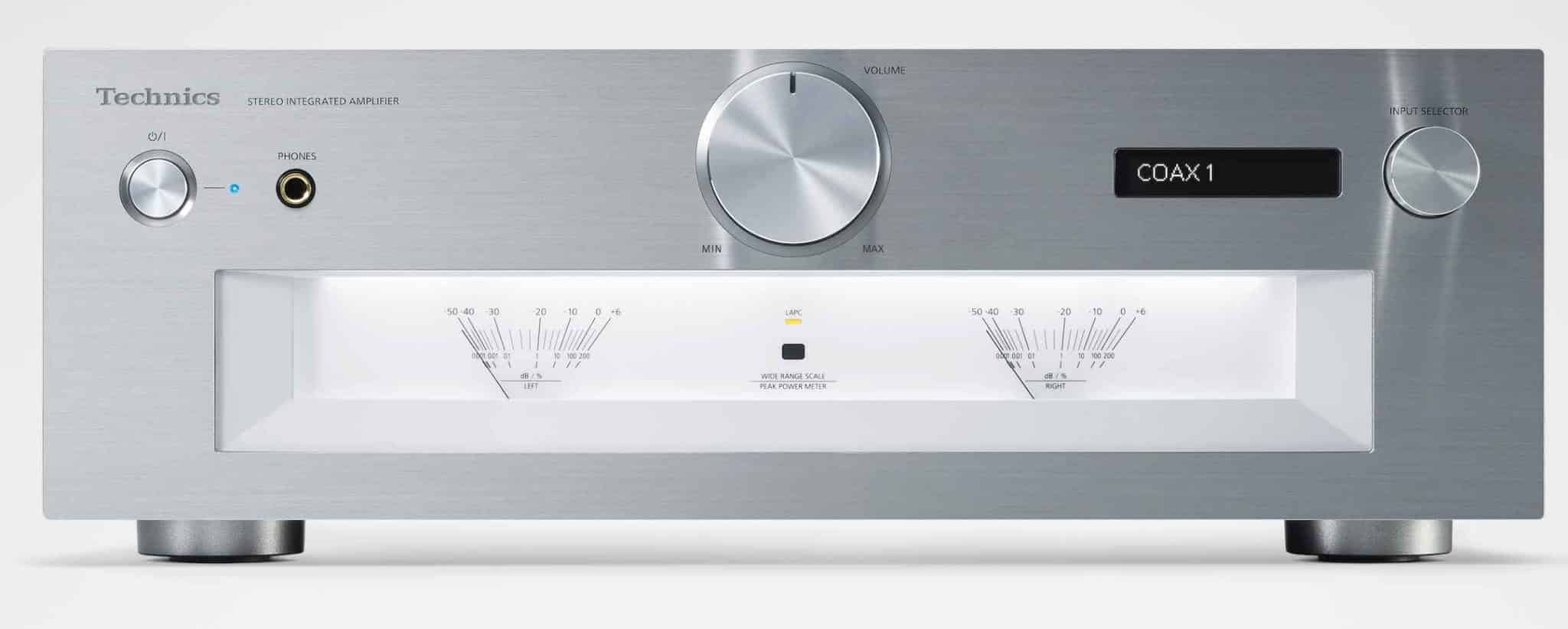
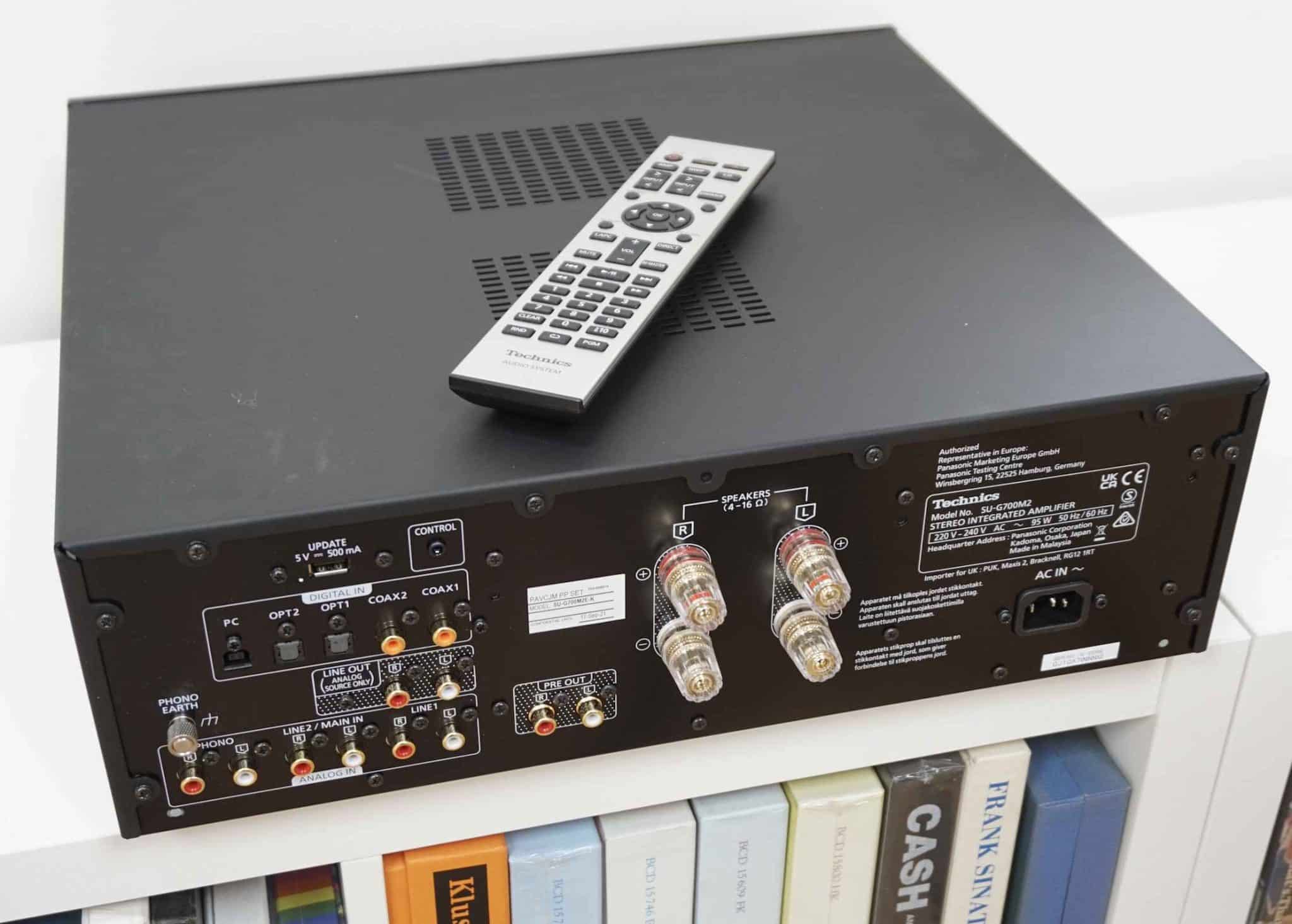
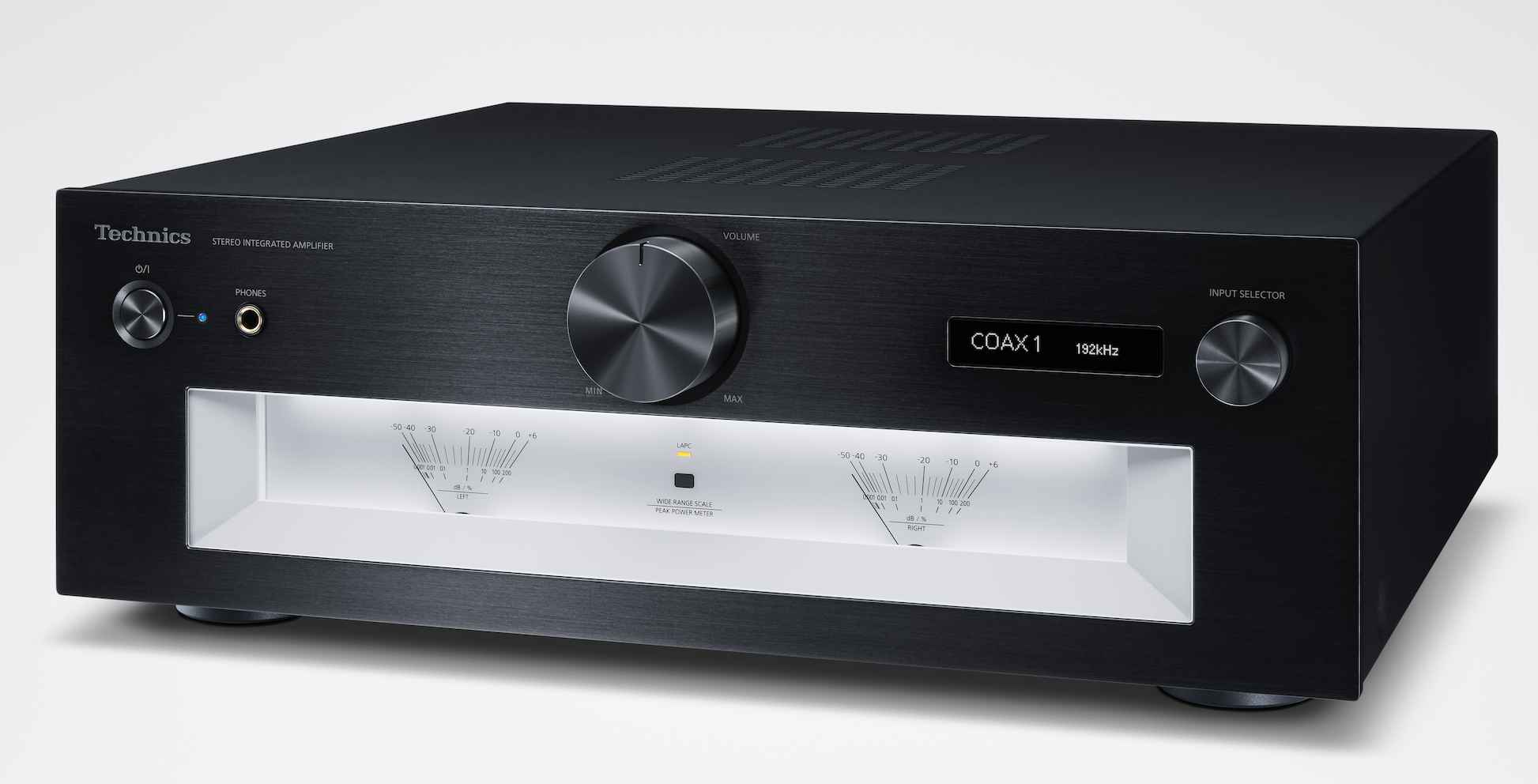
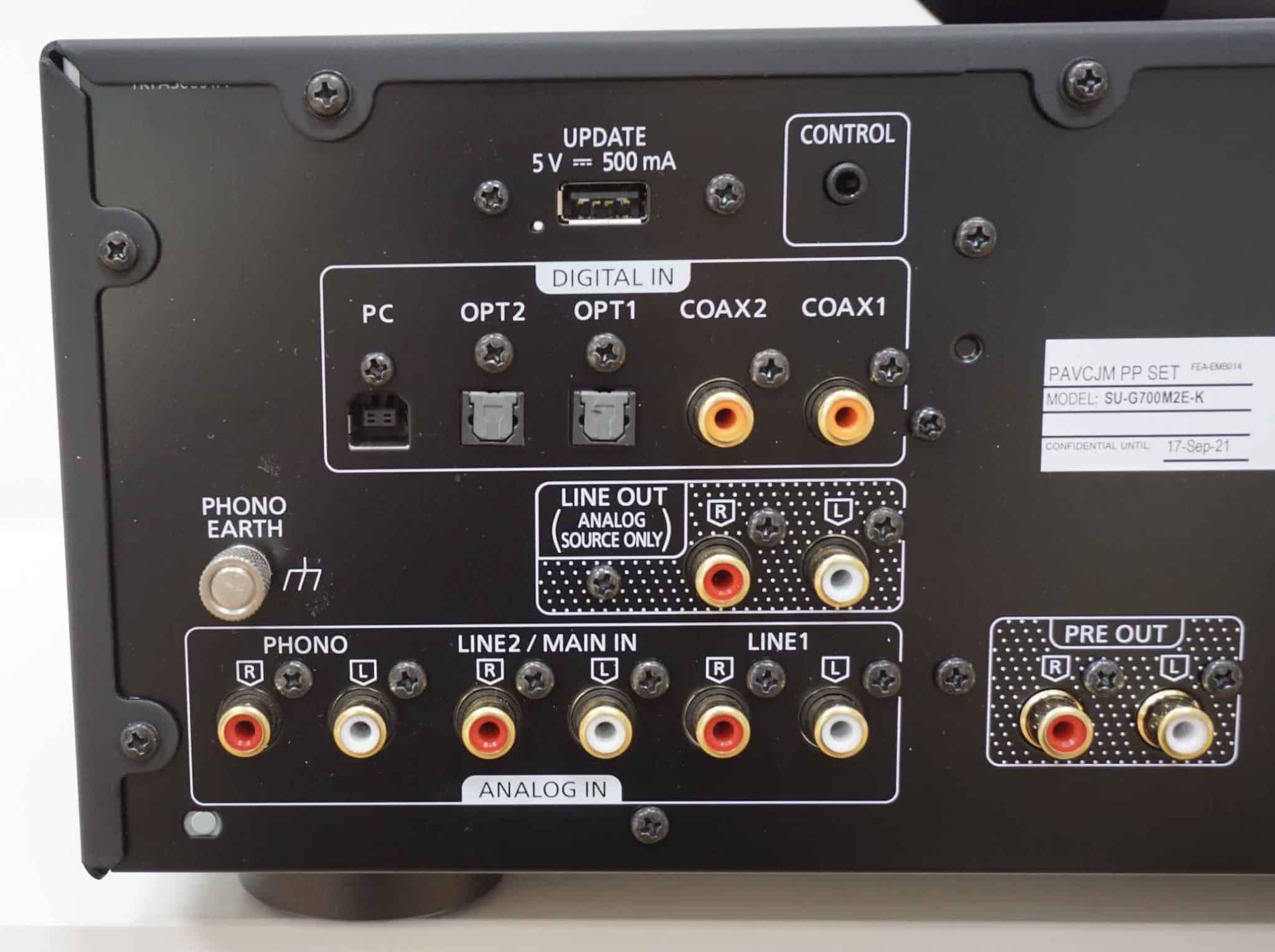
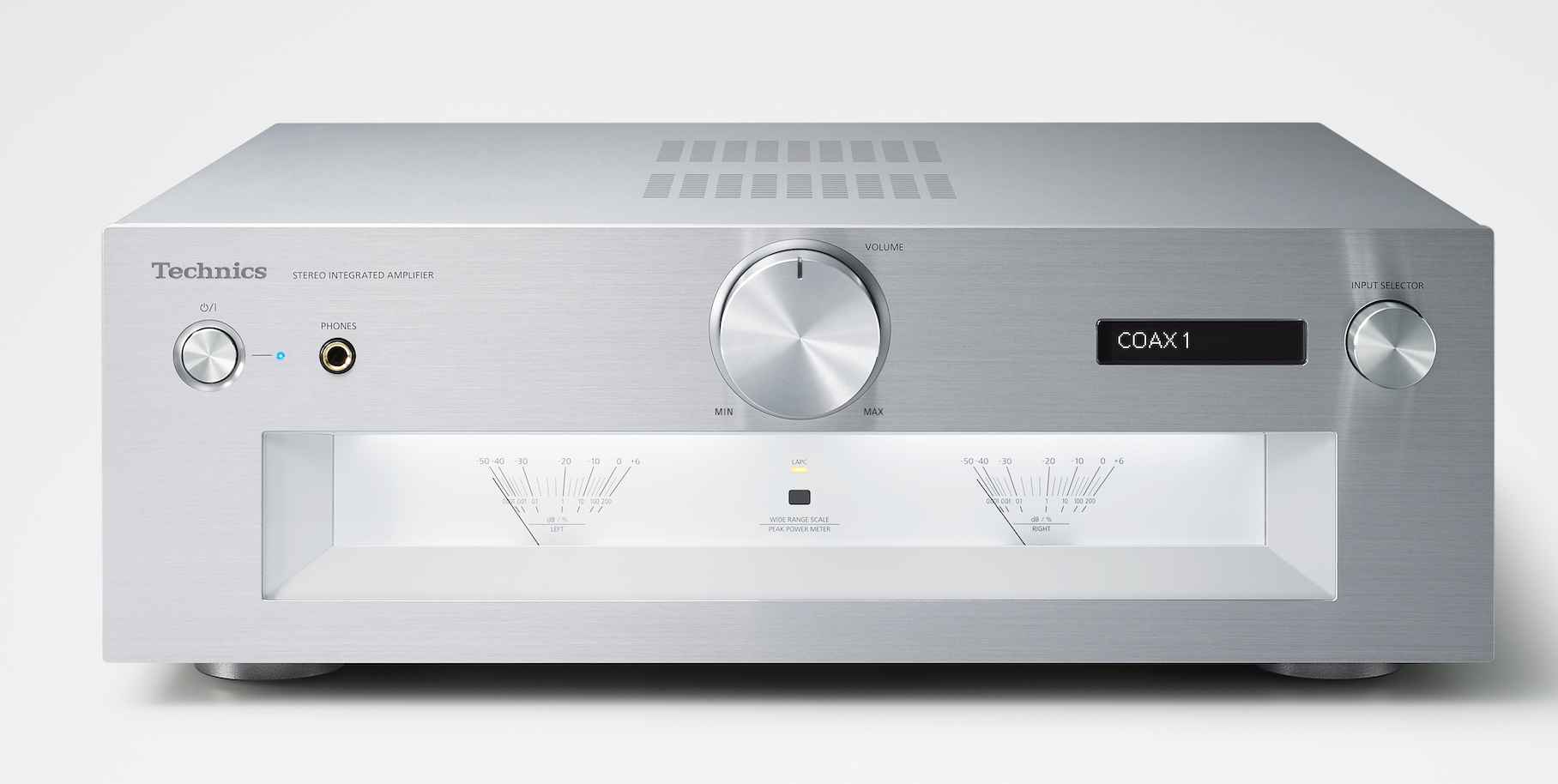
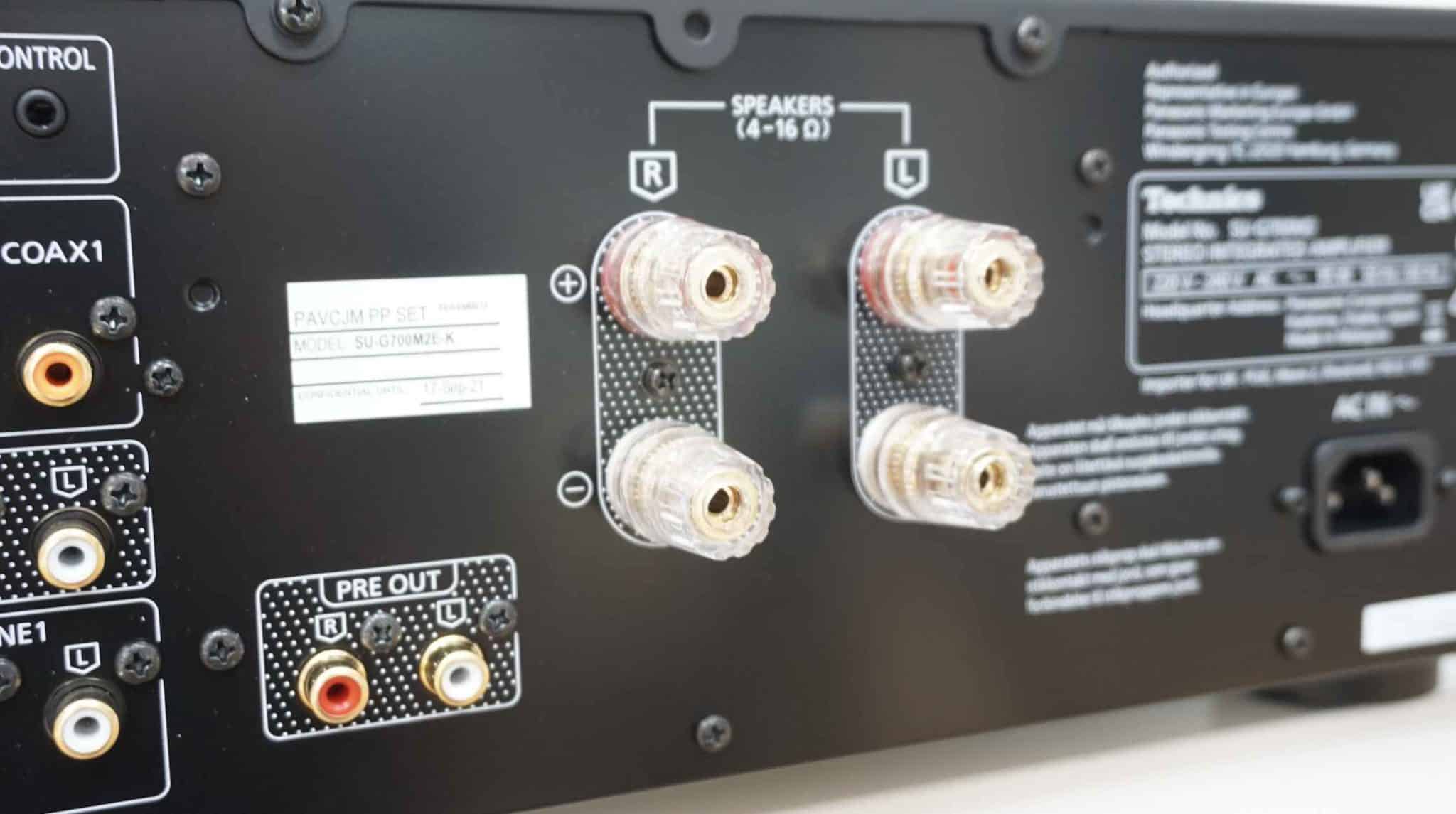
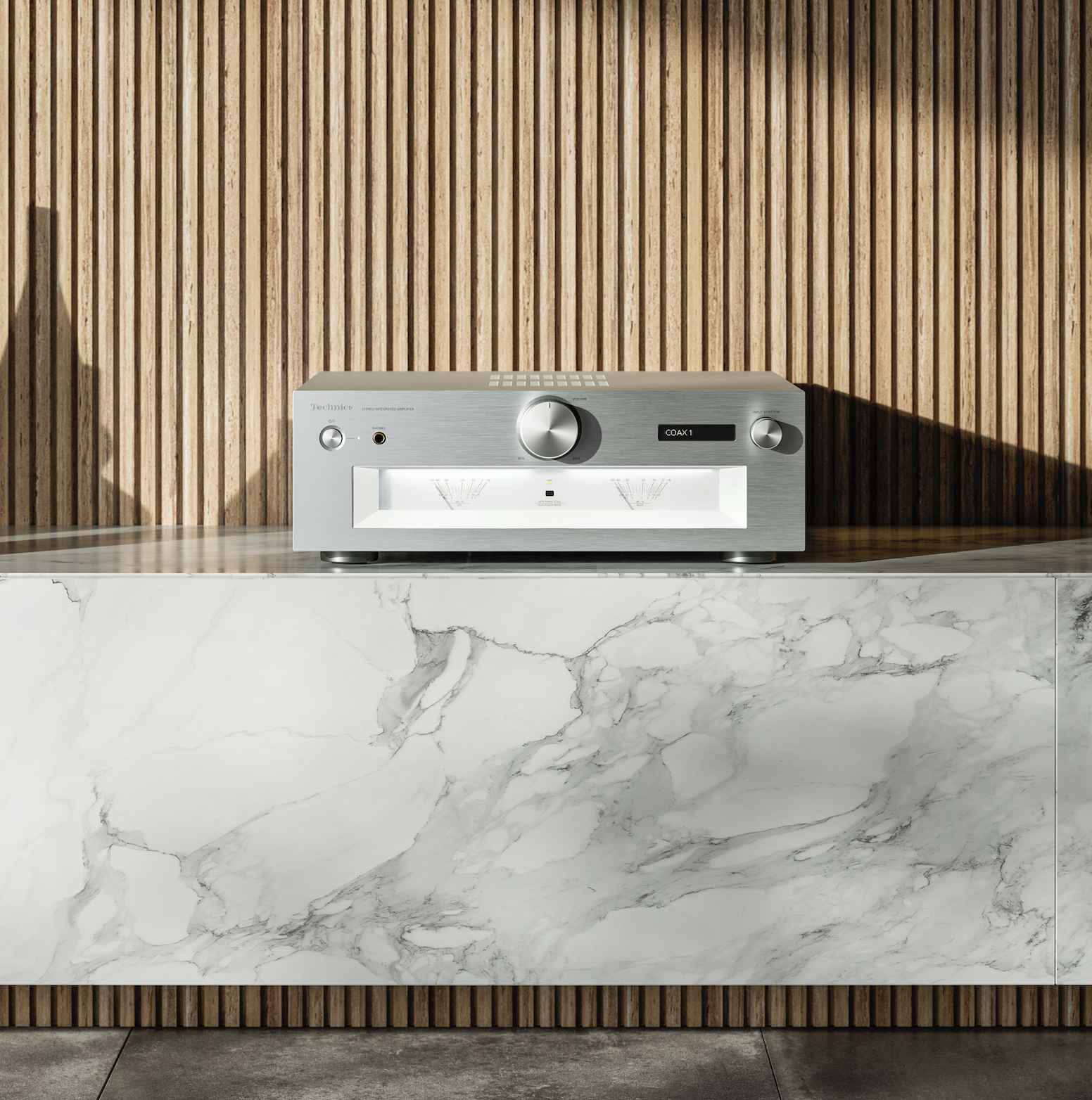
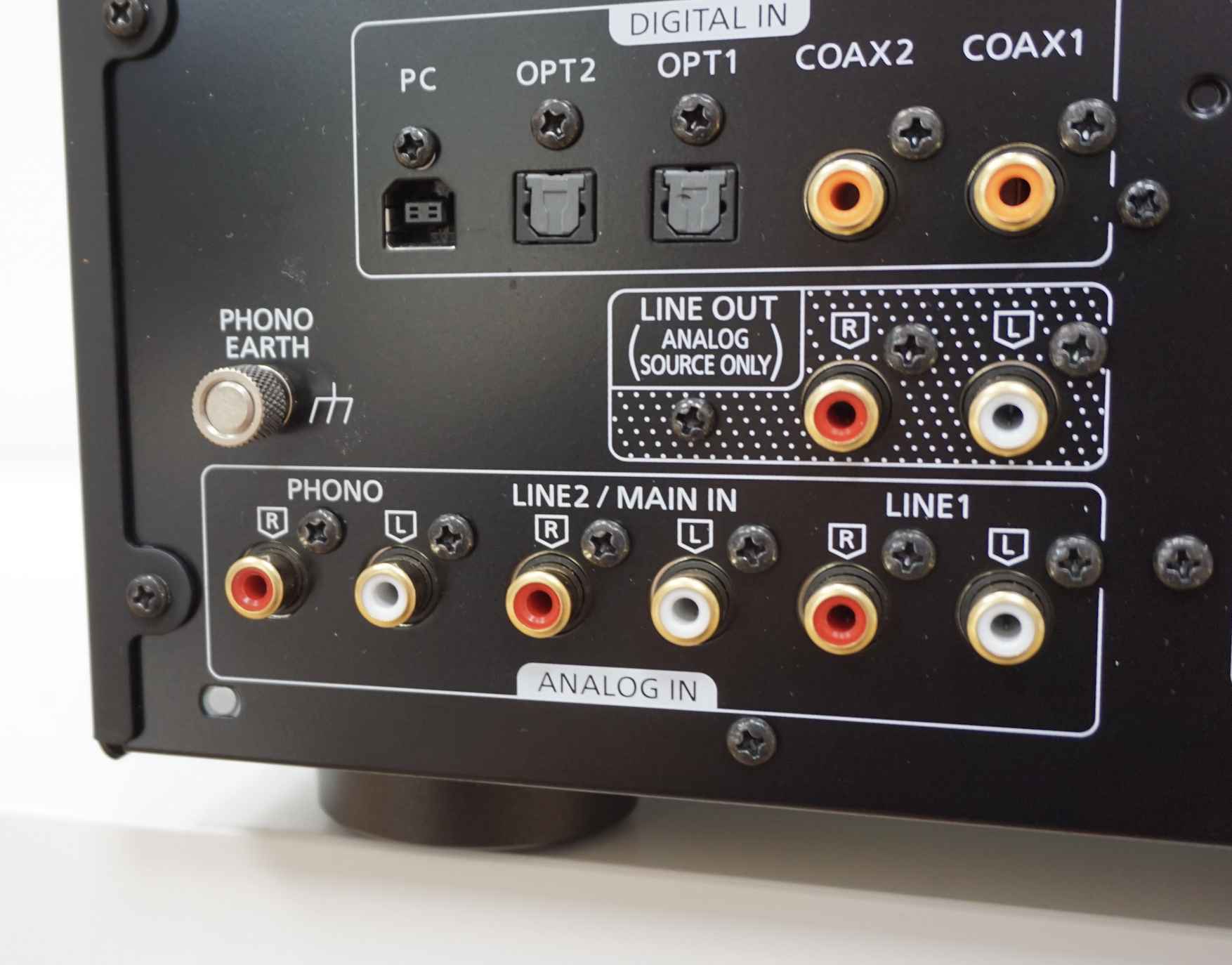
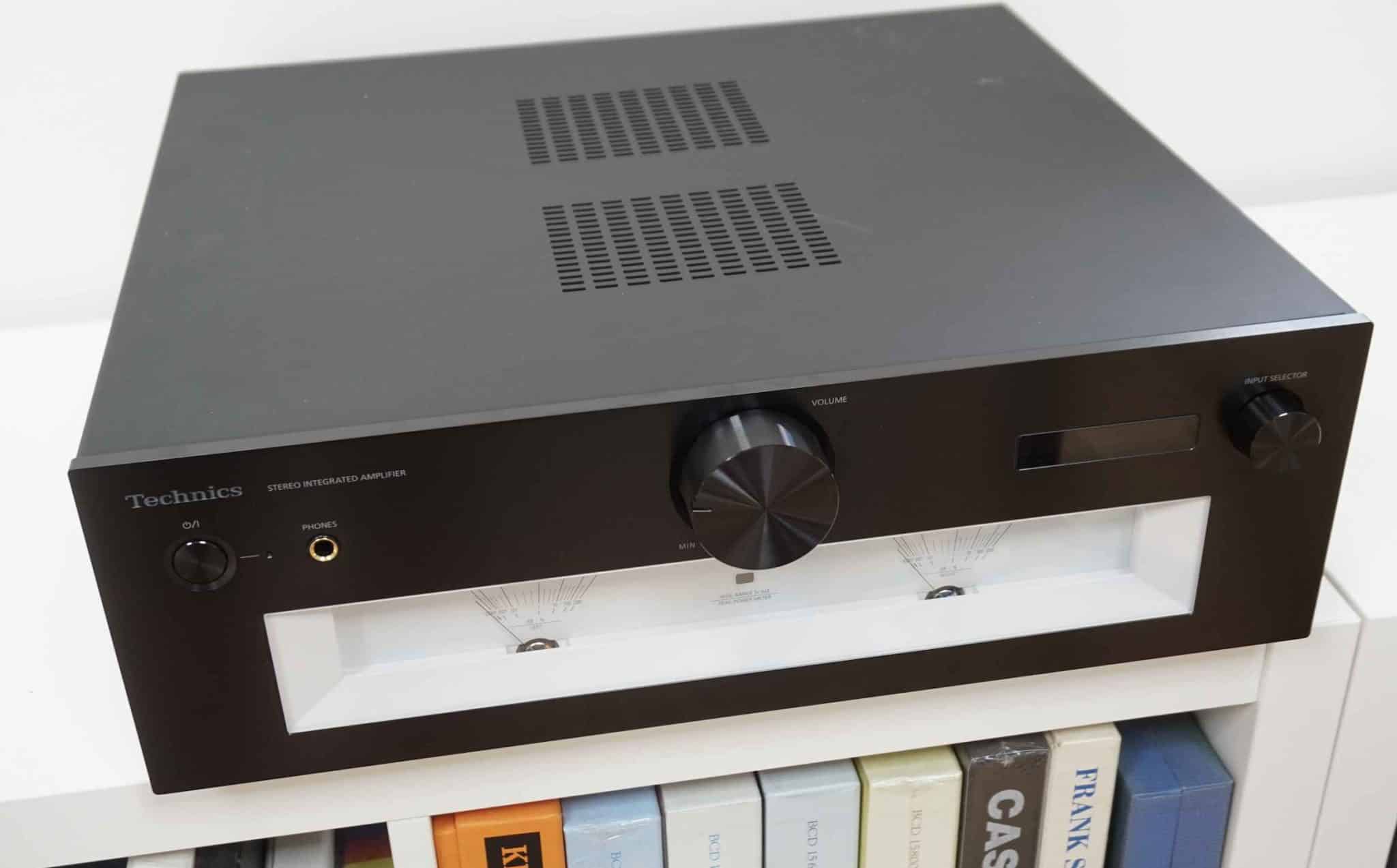
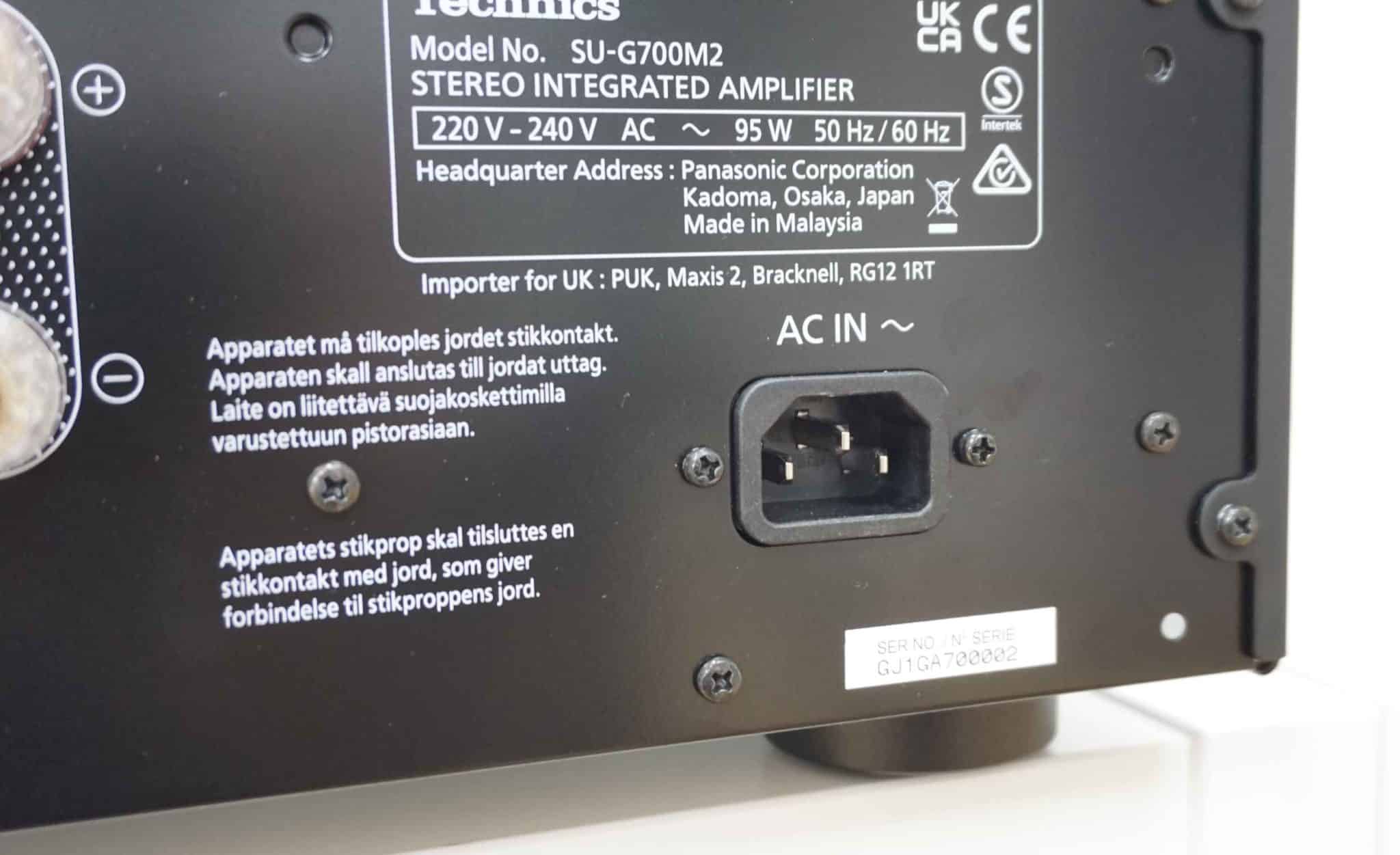
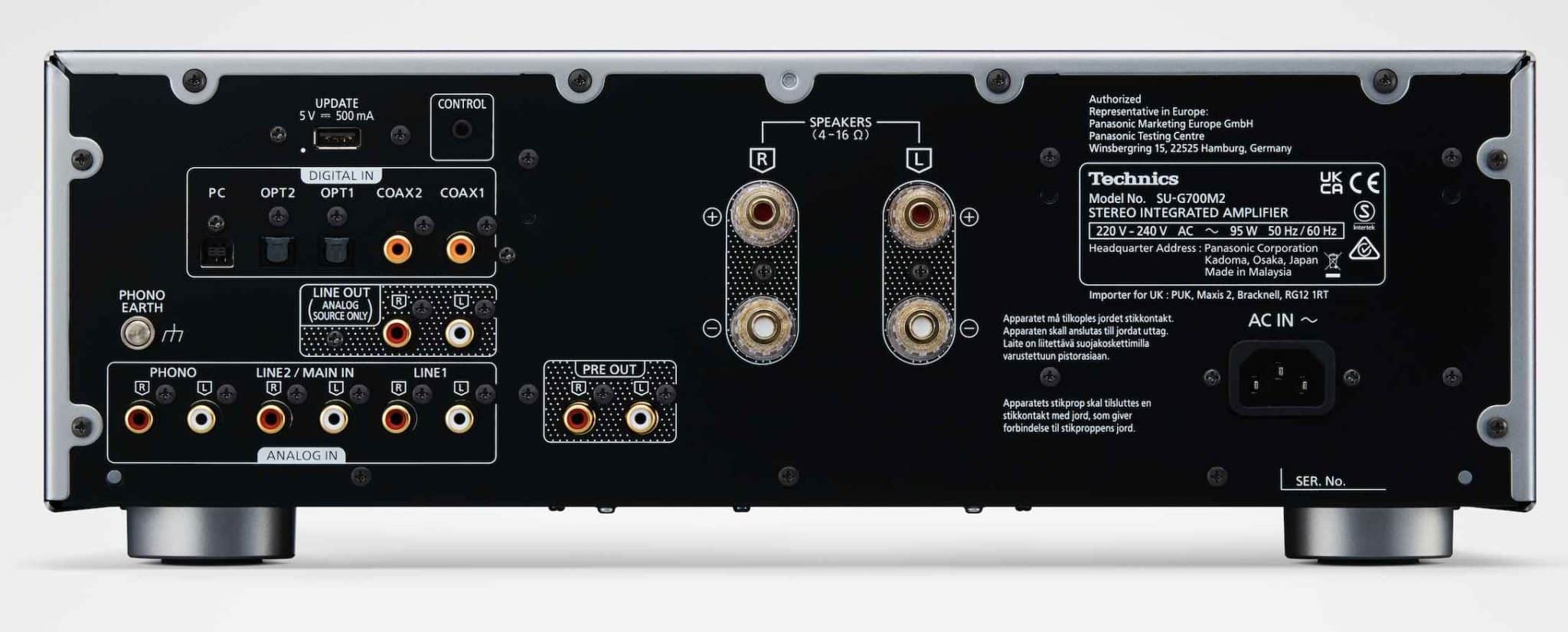
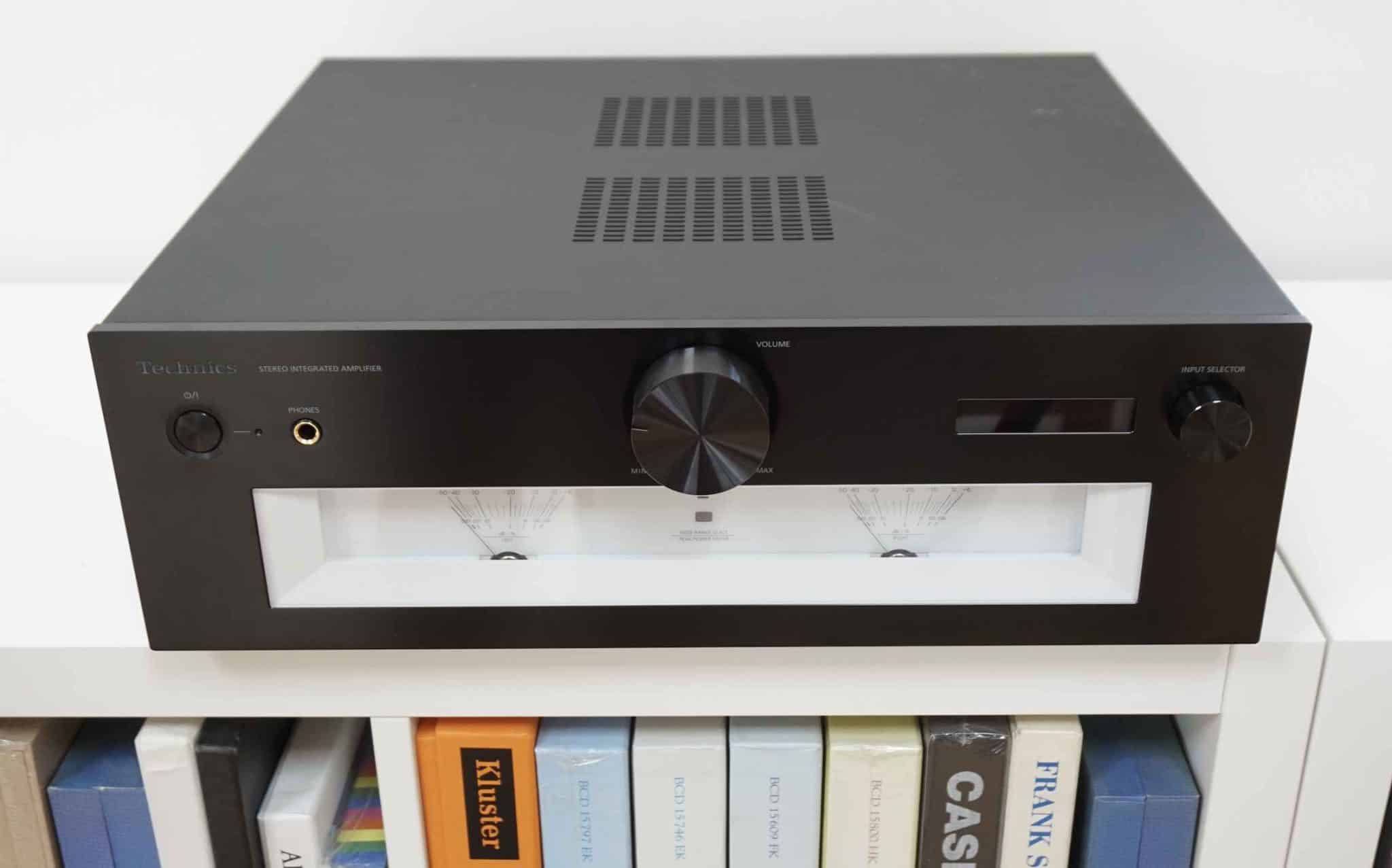



Nice amplifier and nice review, but they too expensive, do you want to review some budget hifi like fosi audio products?
Was the amplifier on Kallax shelving? It’s larger than my current Rotel amp, and would like to make sure it fits with my current furniture.
Cheers!
For photography, yes it was.
Thanks for the swift response. It’s much appreciated. Looks like a tight squeeze, but at least the feet are on the shelf.
Great review, always a pleasure to listen to you.
Since this is a type D-ish amp, would it be worth adding a external phono pre-amp as the sound is digitalized upon entry to the SU-G 700?
Thanks and keep it up!
For vinyl fans, I think it’s worth adding an external phono amplifier to any main amp. No matter its tech and construction type.
Thanks Paul for your swift reply.